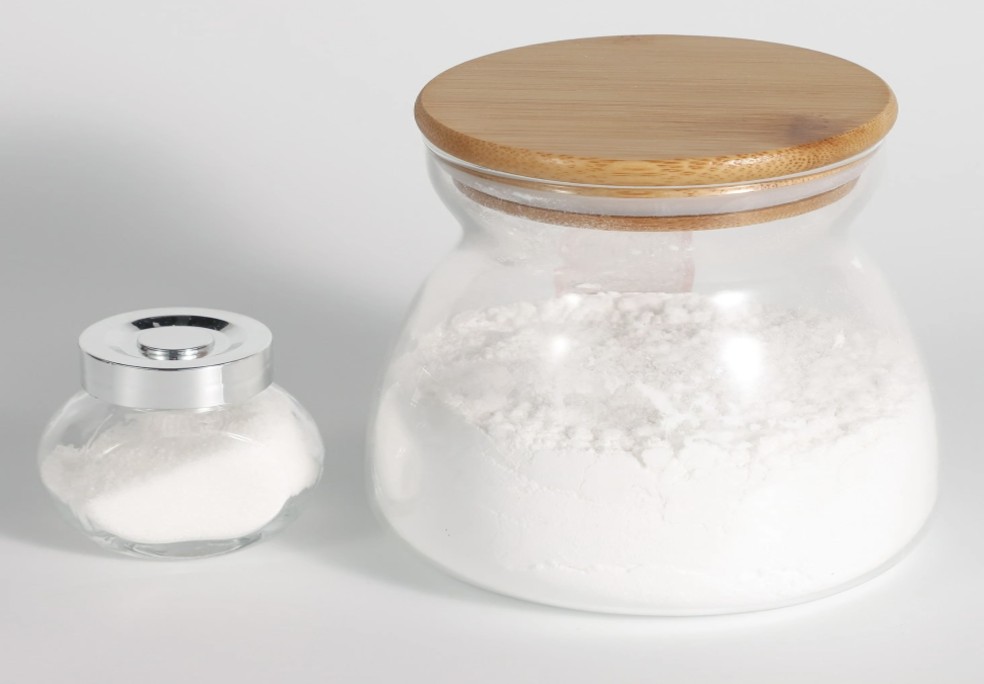Allylestrenol (BAN/INN), also known as allyloestrenol and allyl estrenol, is a synthetic progestogen used to prevent threatened miscarriage, recurrent pregnancy loss and premature labor. In men, it has also been studied as a treatment for benign prostatic hyperplasia, with encouraging results.Allylestrenol is sold under several trade names, including Gestin, Turinal,Gestrenol, Gestanin, Gestanol or Gestanon, Maintaine, Orageston, and Profar. It is currently not marketed in the United States, United Kingdom, or Canada, but as of 2011, is extensively used in Bangladesh,Japan, Russia, India, and much of Southeast Asia.
Allylestrenol is used to help prevent miscarriage and recurring pregnancy loss, and may also be used to help prevent premature labour. It may also be used by male patients to treat benign prostatic hypertrophy. It should be noted that it is ineffective in treating a threatened pregnancy caused by placental dysfunction.
Allylestrenol is an orally effective progesterone derivative with selective β- adrenergic action. It is generally prescribed to avoid pregnancy complications like threatened abortion, habitual abortion, threatened premature labour, failure of nidation, Metrorrhagia and premenstrual tension.
Allylestrenol has a powerful progestational effect, reducing myometrial activity and relaxing uterine hypertonic state. It also increases blood circulation, thereby improving maternal-placental function. Allylestrenol promotes the normal function of the placenta. The ingredient has no anti-ovulatory or androgenic properties.
The pharmacological actions of Allylestrenol are very similar to naturally occurring progesterone. It prepares the uterus for receiving the fertilized ovum and makes the endometrial lining thicker. Thus it supports implantation to sustain pregnancy. Uterine motility is suppressed by the action of Allylestrenol which helps in the maintenance of pregnancy.
Allylestrenol was used to treat 375 women with threatened pregnancies. Results show that this drug is capable of maintaining pregnancy in a large series of ambulant patients and is safe for both mother and child. Allylestrenol does not maintain pregnancy if placental dysfunction is present, jedoch. Newborns whose mothers are treated with allylestrenol have slightly higher birth weights than controls. The possible role of allylestrenol in this process is discussed. At high doses, allylestrenol effectively stops premature labor, suggesting a selective action on the myometrium.






















